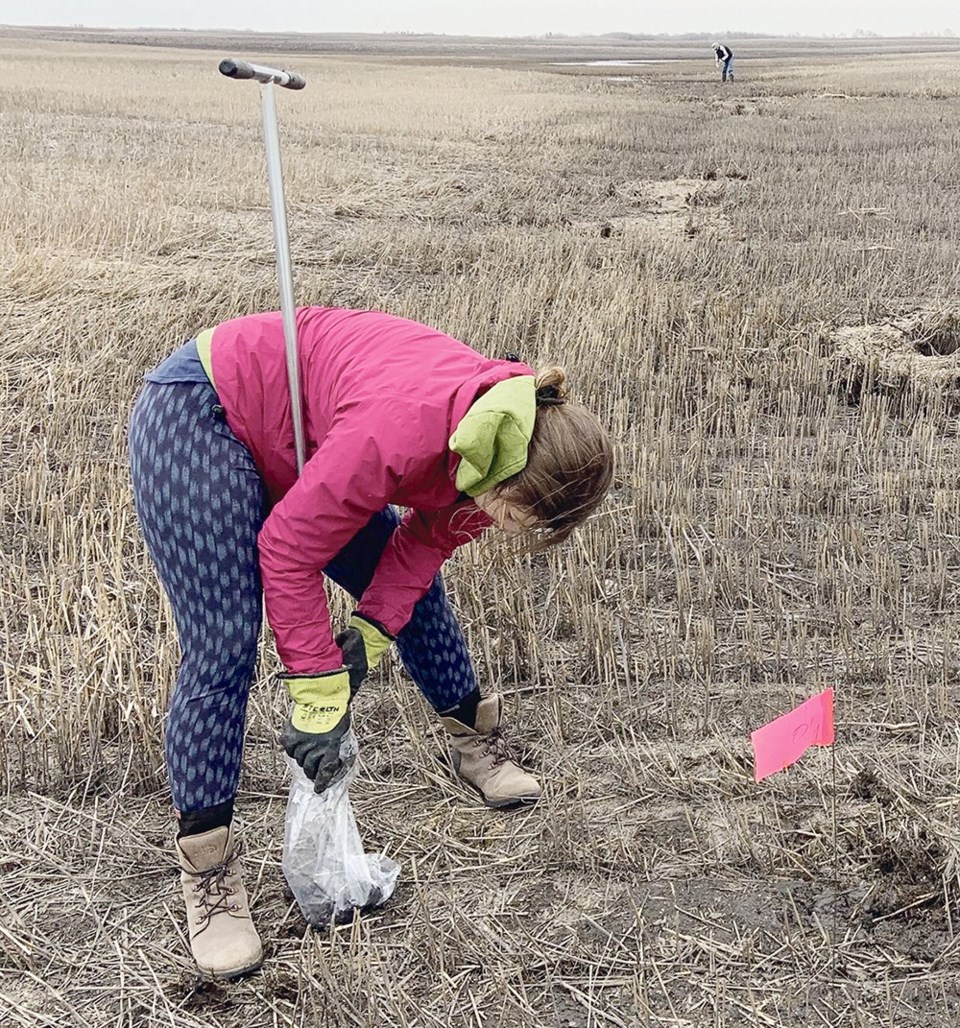WESTERN PRODUCER — Earth contains a finite amount of phosphorus. Scientists say there’s enough P to sustain life on Earth for 80 to 100 years.
After that, it’s like the obnoxious used car salesman in the TV ad barks, “when it’s gone folks, it’s all gone.”
That’s when mankind’s candles go out. Life on this planet cannot continue without phosphorus. Every single creature in every life cycle requires phosphorus.
Our atmosphere contains 78 percent nitrogen and 21 percent oxygen, so it’s not likely we’ll run out of these elements. But phosphorus is only found in the ground.
“There is no phosphorus substitute. It’s an element, meaning it can’t be created or destroyed. Every plant and animal absolutely requires phosphorus to live,” said soil scientist Don Flaten, adding that nearly 80 percent of the remaining phosphorus in planet Earth comes from Morocco.
The remaining phosphorus is scattered in smaller deposits scattered around the globe. Plus, there’s billions of tonnes of irretrievable phosphorus settled into lakes and oceans. However, 90 percent of phosphorus mined every year goes to grow protein to feed the human race. How might we feed that same human race once our phosphorus disappears?
Researcher Helen Baulch is aware of the doom, gloom and dire projections surrounding phosphorus. Afterall, phosphorus is the business she’s in.
“But I don’t lose any sleep over it. A hundred years into the future is a long time. And we have plenty of things to do now to prevent that crisis,” quipped Baulch.
There are two narratives. The negative narrative receiving the most attention is that we’re ultimately doomed. In comparison, PhosLoss makes global climate change look like the lesser of two evils. And phosphorus consumption is escalating at a rate of three percent annually.
“The more realistic narrative says there’s plenty of phosphorus in smaller deposits that can be mined as phosphorus prices increase, focusing more attention to developing these sources. All this points to why we’re putting effort into managing runoff. We need to seriously improve our phosphorus management.”
There’s also the possibility of recovering some of the phosphorus that’s been flushed down the watersheds.
Flaten said, “The good news is that because phosphorus is an element, it can never be destroyed. If we minimize phosphorus losses and recycle phosphorus from consumed food back into food production, we can make it last for a very long time.”




